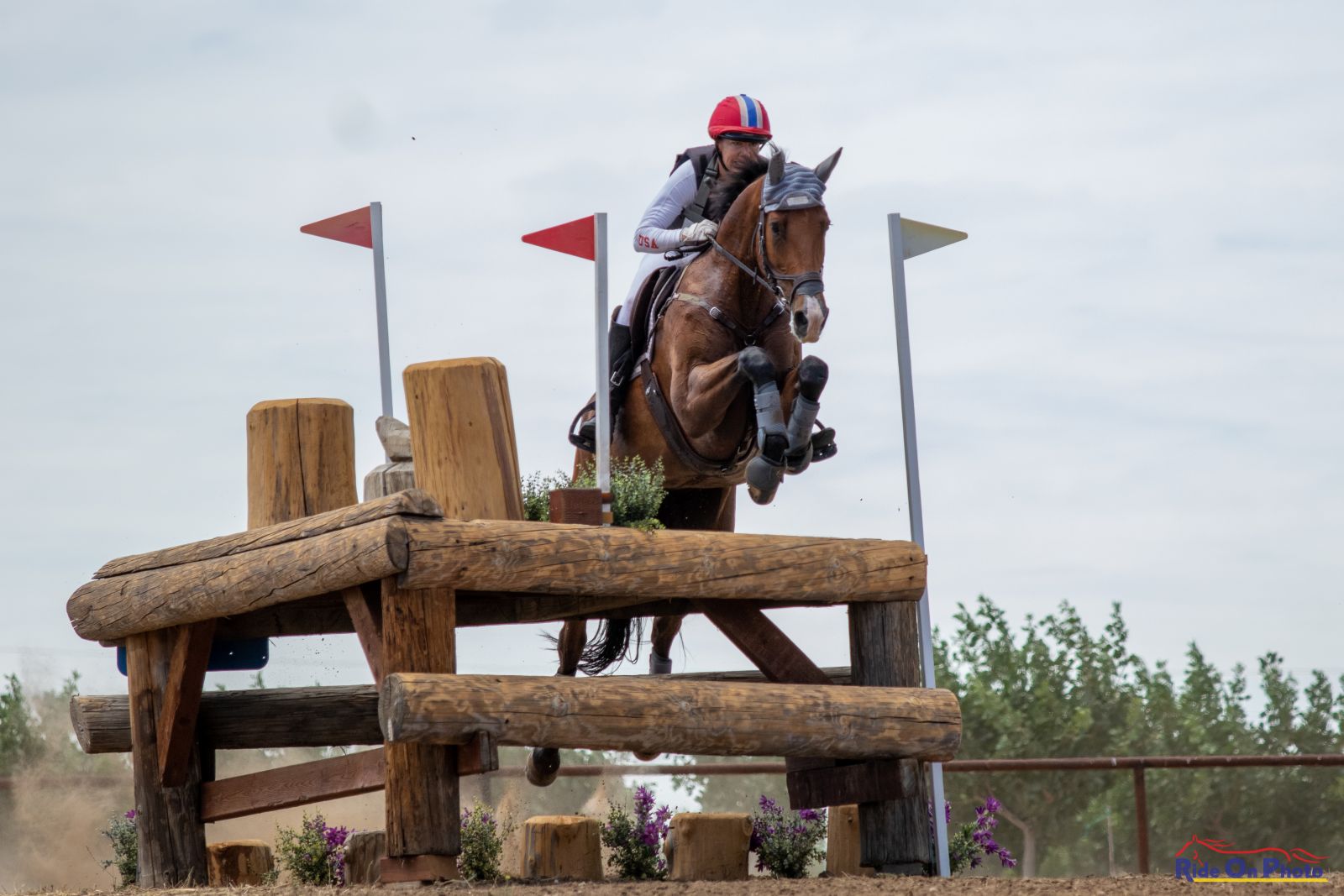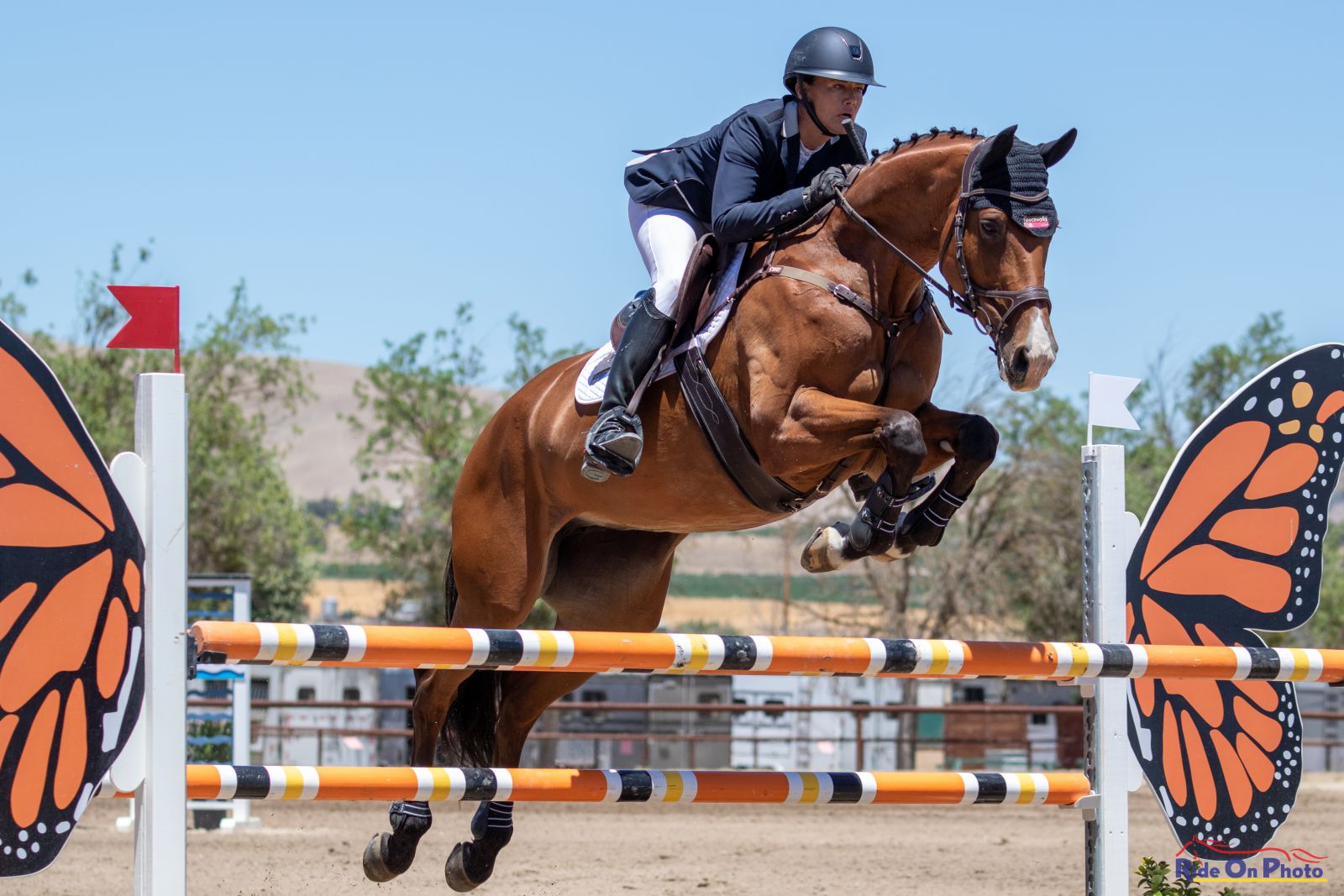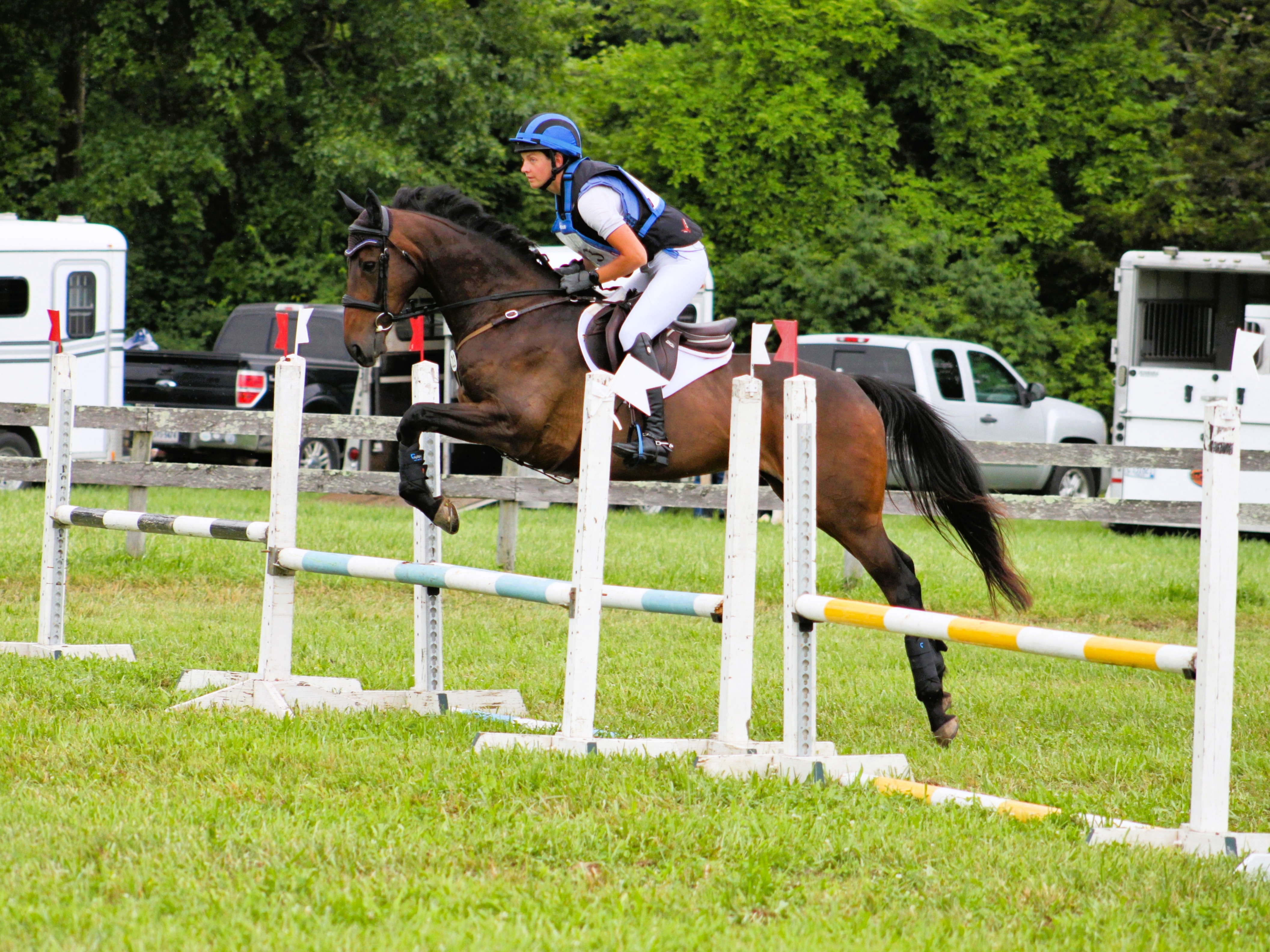
When we leave the start box, a world of possibilities await, including that of something going wrong. Do things go wrong for a specific reason? Photo by Jenni Autry.
In college, I read a memoir titled Everything Happens for a Reason: And Other Lies I’ve Loved. The author, Kate Bowler, chronicles her challenges in facing stage 4 colon cancer. Bowler taught at my university but I never had the pleasure of meeting her. However, the principal lesson of her book — that everything doesn’t happen for a reason — struck me at the time as being both rebellious and freeing.
“Everything happens for a reason” is a convenient mindset, a way of tying up all of the pieces so they make sense to us. But sometimes there is no reason. Sometimes your mentor passes away, or your kid gets sick, or your horse gets injured, or your partner loses their job, or you get in a car accident. And sometimes there really is no good reason. Sometimes it’s unexplainable.
My friend Elena Perea and I were talking about this the other day. She has written guest posts for Eventing Nation, and the most recent ones involve a silly but quite serious accident that she had. She was walking on foot and managed to severely injure her shoulder such that she couldn’t ride her horse for several months. She put the mare in training with a professional, who moved her up to the Preliminary level.
Then, back in the saddle, Elena accomplished her goal of doing her first Preliminary herself on her horse. You could say that her accident “happened for a reason.” Elena’s injury forced her to change her plans, which you could read as the explanation for the injury itself. However, I think that a better mindset is that every setback has a solution if you’re willing to be creative.

Ema Klugman and Bronte Beach. Photo by Abby Powell.
I’d like to propose three alternatives to “everything happens for a reason.”
The first is to say “not everything happens for a reason.” This one applies to those tragic situations in which trying to explain why is just a futile exercise. The second is to say “good things can come from bad things.” This one actually applies to everything, I think, and what I like about it is that it emphasizes agency and forward-thinking. And the third, which is most empowering for me from the point of view of analyzing but also wanting to move forward, is to say that “most planes don’t crash for one reason.”
Are we talking about planes? Not really, but the same logic applies. Someone said this to me the other day as a metaphor: “Most planes don’t crash for one reason. They crash for a number of different reasons.” The point was that if we take too simplistic of a view — that a problem can be attributed to one particular reason — then we aren’t really seeing the whole picture.
The idea behind the plane metaphor is that most often problems arise because of the cumulative effect of several different underlying issues. It can all come to a head at once, which might make it seem like X or Y is the sole reason for the issue, but usually there were lots of other things going on that contributed to the problem.
I’m no pilot, so I’m not sure exactly why planes crash. Luckily it doesn’t happen very often. However, I imagine that a confluence of factors does make it more likely for a travesty to occur. In the same way, accidents in horse sports are not usually attributable to one event.

Photo by Tilly Berendt.
I have been thinking about this concept from both a personal and broader perspective. On a personal level, having had a number of bad falls myself, I have noticed that my reaction to falling off is sometimes extreme. It is easy to throw everything out the window and want to wipe the slate clean when you have an accident. It’s tempting to change the tack, change the strategy, change the training, or all of the above. We have this human urge to explain why things happen, to pinpoint the exact reason, so that we can fix them.
But most planes don’t crash for one reason. It’s pretty hard, usually, to attribute falling off your horse to exactly one thing. You often hear people do it: “I fell off because I was going too fast” or “I fell off because I missed” or “I fell off because I had the wrong bit on my horse.”
There are a whole host of factors that go into making a horse and rider successful, which means that, logically, there can be a whole host of factors that contribute to things going wrong, too. Taking this approach, rather than concluding that “everything happens for one reason,” is a much more practical way of thinking. And it might make us better pilots for our horses, as well.































